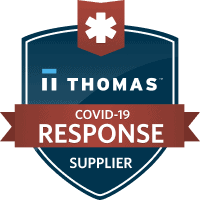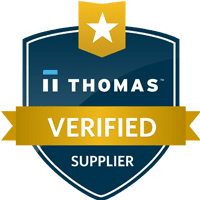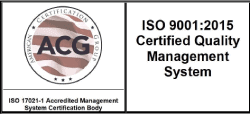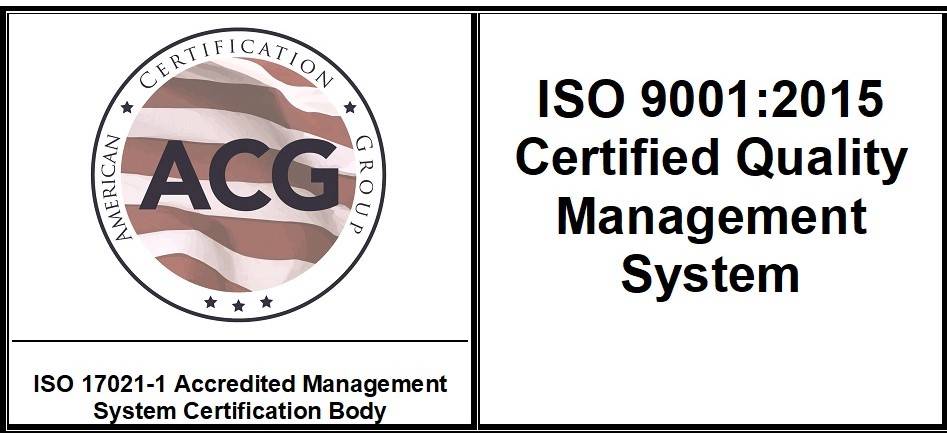You might think that the “selfie stick” was invented a few years ago, but it turns out the original was designed over 30 years ago. Like so many inventors, Hiroshi Ueda from Japan created a product to solve a problem.
While on vacation in Paris, he asked the youth to take a picture of his family at a famous monument, and the youth ran off with his camera instead. Ueda thought it would be great if he had a device he could attach to his camera to take his own pictures.
BBC News explains that his “telescopic extender stick” was an extendable stick with a tripod screw that was built for use with a new, small, camera. He added a mirror to the front of the camera so that photographers could frame the photo properly He was so convinced the selfie stick would be a hit, he applied for a US patent, and 2 years later it was approved.
The extender stick didn’t take off commercially, but Ueda continued to use it. His patent expired in 2003, about 4 years before the launch of the iPhone. Today selfie sticks are so prevalent that they are being banned in some public places for fear their use may result in property damage or injury.
Even still, Ueda has a good attitude about being ahead of the times. “My idea came too early, but that’s just one of those things,” he told the BBC. “We call it a 3 am invention…it arrived too early.”
While coming up with a great product idea may seem like the hardest part, oftentimes it’s getting that invention to the shelves that require the most work.
Tamara Monosoff, author of Your Million Dollar Dream: Regain Control & Be Your Own Boss, has made a career out of offering advice to individuals striving to launch a successful business. While she emphasizes there’s no one process that ultimately results in success, she believes understanding how to sell the product is critical to the overall process. After all, people don’t buy inventions, they buy products. She has several tips for inventors who need guidance on how to get their creation to market.
Once you complete these 6 steps, you’ll be on your way!



ADVANCED PROTOTYPE MOLDING
1520 N Old Rand Road Wauconda, IL 60084
Tel: 847-202-4200
Fax: 847-202-4270
sales@advancedprototype.com

ADVANCED PROTOTYPE MOLDING
1520 N Old Rand Road Wauconda, IL 60084
Tel: 847-202-4200
Fax: 847-202-4270
sales@advancedprototype.com